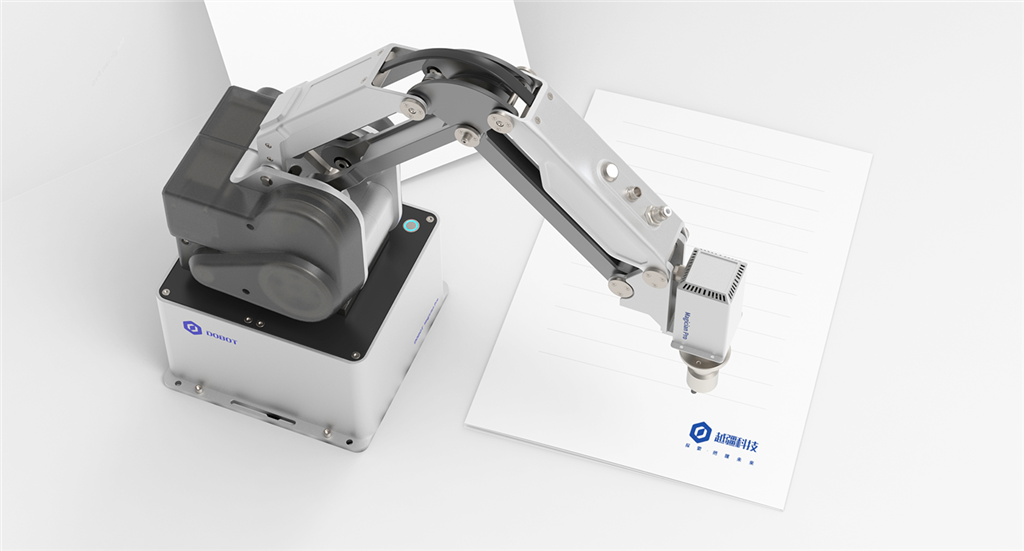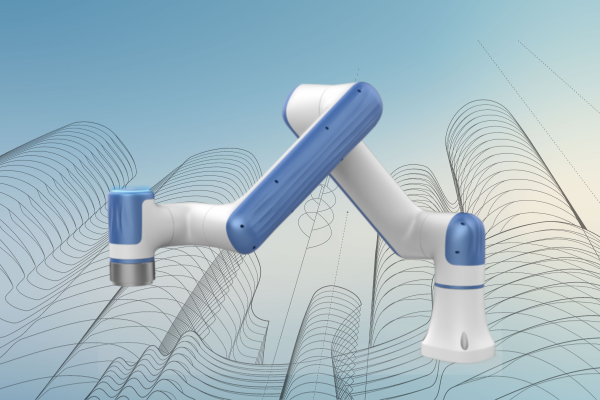Architects navigate a landscape rife with challenges, from the intricacies of precision detailing to the complexities of repetitive construction tasks. In this dynamic field, innovation emerges as a beacon of solutions to longstanding issues. Dobot robotic arms, with their versatile capabilities, offer architects a transformative toolset that addresses these challenges head-on. From the demand for precision in design to the need for efficiency in construction, Dobot robotic arms serve as catalysts for change, providing seamless solutions to problems that have long hindered architectural processes.
Digital Fabrication for Conceptual Models
Dobot robotic arms seamlessly integrate with digital design software, allowing architects to translate intricate digital concepts into tangible prototypes. This is particularly beneficial in the early stages of planning and design, where architects can use robotic arms to fabricate detailed conceptual models. These physical representations provide a tactile understanding of spatial relationships and design elements, aiding architects in refining their concepts with a hands-on approach.

The Dobot Nova series of industrial grade robotic arms is a cost effective solution to facilitate the digital fabrication of small to medium 3D models for architects. With its drag-to-teach function, the MG400 lowers the barrier of entry into automation by replaying user guided trajectories and a GUI that requires no coding knowledge.
Site Analysis through Automated Surveys
Efficient site analysis is a cornerstone of effective architectural planning. Dobot robotic arms, equipped with sensors and precision control, can be employed to automate site surveys. By collecting precise data on topography, dimensions, and existing structures, architects can make informed decisions during the planning phase. This automation expedites the data collection process, allowing architects to focus more on interpreting the information and less on manual measurements.
The Dobot MG400 is a cost-effective industrial grade desktop robotic arm that works for precisely mapping 3-dimensional topography, sculptural dimensions and measurements in architectural blueprints, making it easier for architects.
Parametric Design Exploration
In contemporary architectural practice, parametric design is a crucial element involving the development of algorithms to create and manipulate design parameters. Dobot robotic arms play a pivotal role in facilitating the exploration of parametric design by executing intricate movements and precise adjustments. Architects have the capability to program these robotic arms to iterate through diverse design options, allowing for quick evaluations and visualizations of various configurations. This, in turn, refines their vision with unparalleled precision, enhancing design and fabrication possibilities, including the potential for mass customization, and significantly reducing the time from design conceptualization to production.

The integration of robotic arms introduces a richer user experience, complemented by augmented spatial feedback through mixed reality, surpassing conventional interactions with a computer screen. By controlling the entire process from parametric design to robotic fabrication with parameters and hand gestures, architects experience a heightened perception of reality. This enables architects to interact physically and virtually with both the design and fabrication processes, fostering collaboration with other designers.
Urban Planning Simulations:
In urban planning, understanding the impact of architectural interventions on the larger cityscape is crucial. Dobot robotic arms can contribute to this process by creating detailed physical models of urban environments. Architects can simulate proposed structures and their relationships with existing buildings, allowing for a comprehensive analysis of the visual, spatial, and environmental implications of the design within the urban context.

Interactive Design Workshops:
Dobot robotic arms enhance the collaborative nature of architectural design workshops. Architects can use these robotic tools as interactive elements during design sessions, allowing for real-time adjustments and experimentation. This collaborative approach fosters a dynamic exchange of ideas among team members and stakeholders, leading to more refined and well-informed design decisions.
The integration of Dobot robotic arms into architectural workflows marks a paradigm shift, offering architects unprecedented capabilities in both design and construction. From precision sculpting and 3D printing for prototyping to streamlined construction processes and collaborative design workshops, these robotic arms empower architects to transcend traditional limitations. By harnessing the potential of Dobot robotic arms, architects can usher in a new era of architectural innovation, where creativity is bound only by the limits of imagination and not by the constraints of conventional construction methods.
